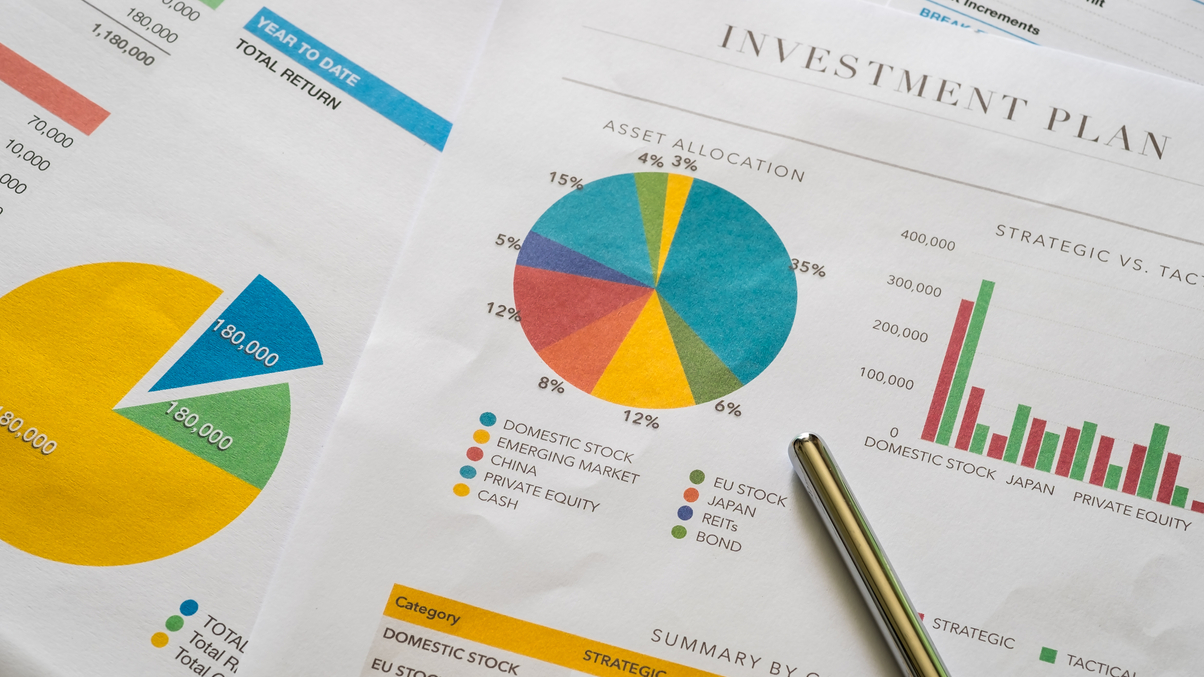Japan University Fund to add equities, alternatives to portfolio
Japan's national $70 billion endowment fund which supports university research is making changes to its investment landscape, by adding equities and alternatives to its portfolio, its co-CIO says in an exclusive interview.

The Japan University Fund (JUF) is shifting its portfolio towards more riskier investments in equities and alternatives, after having established itself in the fixed income market, its co-chief investment officer told AsianInvestor.
Sign in to read on!
Registered users get 2 free articles in 30 days.
Subscribers have full unlimited access to AsianInvestor
Not signed up? New users get 2 free articles per month, plus a 7-day unlimited free trial.
¬ Haymarket Media Limited. All rights reserved.


